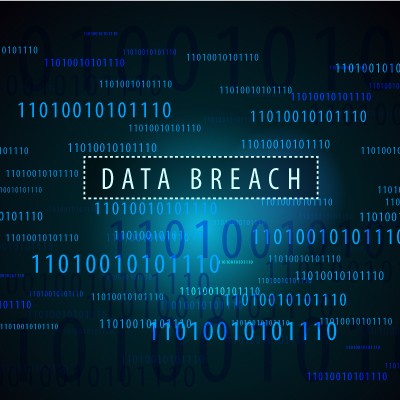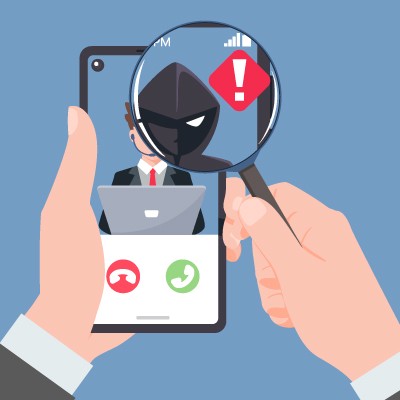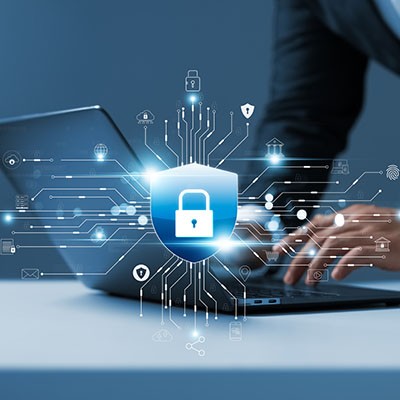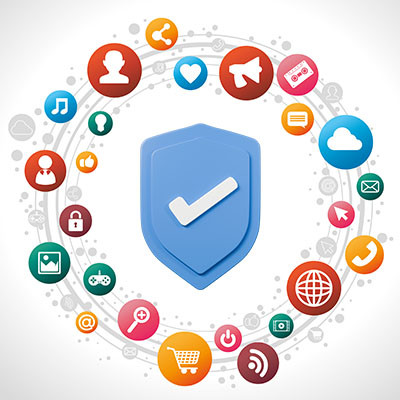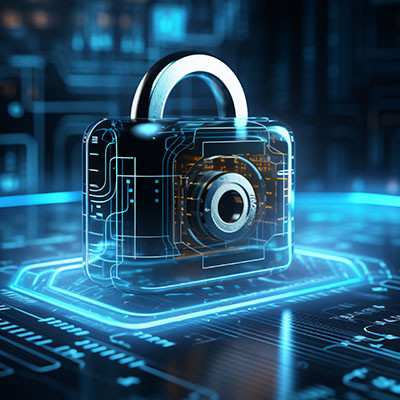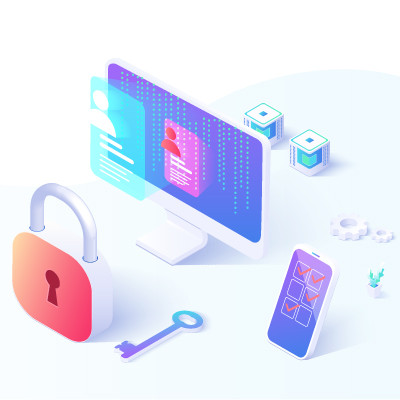FRS Pros Blog
Security awareness training is a critical process for modern businesses to undergo to have any chance of success. Unfortunately, as much as security software or policy can help, it can only do so much. You also need your team members to be on board, knowledgeable about what they need to do, and motivated to do it.
In light of this, let’s talk about security awareness training and what it needs to involve.
Sextortion scams are scary. The scammer contacts the victim, claiming to have gotten access to their computer and captured video footage of their target partaking in some private and decidedly adult activities, as well as the content that was onscreen at the time. The threat: pay up, or I send the footage to all of your contacts.
Lately, however, hackers have added another layer of “proof” to these claims, now referring to victims by name and including pictures of their homes. Let’s walk through what one of these scams looks like and what you should do if one appears in your inbox.
Data breaches remain a constant threat, capable of causing serious disruptions for businesses and potentially creating widespread issues for customers. In today’s blog, we’ll highlight some of the largest and most impactful breaches of 2024.
Being scammed—in either the professional or personal sense—is a scary thought. To avoid this outcome, we must be vigilant all the time now.
Of course, it also helps to know what to look for.
Let’s take a few minutes to go over a few warning signs and red flags that something is likely a scam.
Remote work has proven incredibly useful over the past few years despite many employers having various concerns about its implementation. While these concerns vary, one prevalent one is how remote operations impact cybersecurity.
If you’re utilizing remote operations to any degree and aren’t concerned about cybersecurity, you must adjust this mindset and correct your approach.
Network security is hard. That’s why so many businesses struggle to implement the solutions they so desperately need to stay safe and relevant. Today, we want to demystify some of these components and lay out in clear terms what your highest priorities should be for your business’ network security.
Modern businesses—just like yours—cannot and should not operate without robust cybersecurity protections. This is a point we will emphasize at every opportunity. Let’s explore why security is so crucial and what steps you need to take to safeguard your business.
You can do everything in your power to secure your social media accounts and lock down your privacy settings. Still, at the end of the day, social media users expose themselves to a torrent of information and content every time they log on. As a civilization, we’ve never really had something like this before. These platforms curate content that the user wants to see to keep the user coming back and staying longer. It’s inherently designed to be enticing and addicting, which is dangerous for certain individuals.
Then, there are scams and an endless stream of grifts that pose a wide range of additional problems for users.
Let’s talk about ways you and those you care about can be safer on social media.
Social media is constantly evolving, and if the big social networks had it their way, it would be the only place people go when they log onto the Internet. Whether you have strong feelings for or against social media, or perhaps you are indifferent, it’s important to understand how to protect yourself when using social media.
Obviously, we won’t tell you to cut down on your cybersecurity. That said, it can be easy to overinvest and overreach if you aren’t careful about what you’re implementing. This phenomenon is known as cybersecurity sprawl, and if not prevented, it can easily have serious consequences for your business. Let’s go into how to avoid this sprawl.
When you think of a scammer, you probably think of someone looking to take advantage of someone for their own gain. While this isn’t wholly inaccurate, another variety exists to acknowledge… those who aim to scam the scammers. Let’s consider one such white-hat scammer, or “scam baiter,” a content creator who uses the alias “Kitboga,” Kit for short.
The world’s largest ticket retailer is in hot water after their parent company, Live Nation Entertainment filed an 8-K filing with the Security and Exchange commission admitting that they had been hacked to the tune of 1.3 terabytes of information. That amounts to 560 million customers’ personal information that has been stolen from the company’s servers. Today, we take a look at the hack and what it means for consumers.
It can be challenging to deal with failure in any context, but in the case of your workplace projects and other efforts, it can be particularly harsh. This makes it all the more important to frame such failures as opportunities to grow in the future.
Let’s discuss six reasons an initiative may fail and the lessons that can be learned from these situations.
Unfortunately, cyberattacks will only continue in the weeks, months, and years to come, making it increasingly essential that businesses have access to cybersecurity expertise. Even more unfortunately, professionals with this level of expertise are becoming harder to find. Globally, we’re short almost four million people, and those we have are prone to make mistakes in their first few years. This comes from a report by Kaspersky, entitled “The Portrait of Modern Information Security Professional,” Let’s review what the cybersecurity developer found and what we can take away from these findings.
It was very recently revealed that a global law enforcement effort took down a massive botnet that was in action for almost a decade. In light of this, we wanted to review what a botnet is and how it works, drawing from these events for some context.
We’ve spent the last few weeks discussing ransomware's impacts on different subsets. First, we discussed how a ransomware attack impacts the customers of the infected business, and then we touched on the infected business itself. To end, we want to touch on ransomware's impacts on society, specifically regarding economic health and geopolitical security, known as third-order harms.
Data is extremely important in the way that most businesses conduct themselves. This results in other people wanting that information, too. Today’s blog will look at how seemingly everyone online is out for your data.
Have you ever heard of the “man-in-the-middle” attack or MitM? It’s a situation where your data is stolen by an onlooker who situates themselves in the right place at the right time. Data interception is a very real thing that your business should be prepared to fight against. Let’s discuss some strategies you can use to counter these sneaky attacks.
Last week, we discussed the many impacts your business suffering from ransomware has on “second-order harm,” downstream businesses, and average, ordinary people. This time, we wanted to return to “first-order harms”… those the impacted business has to deal with itself.






